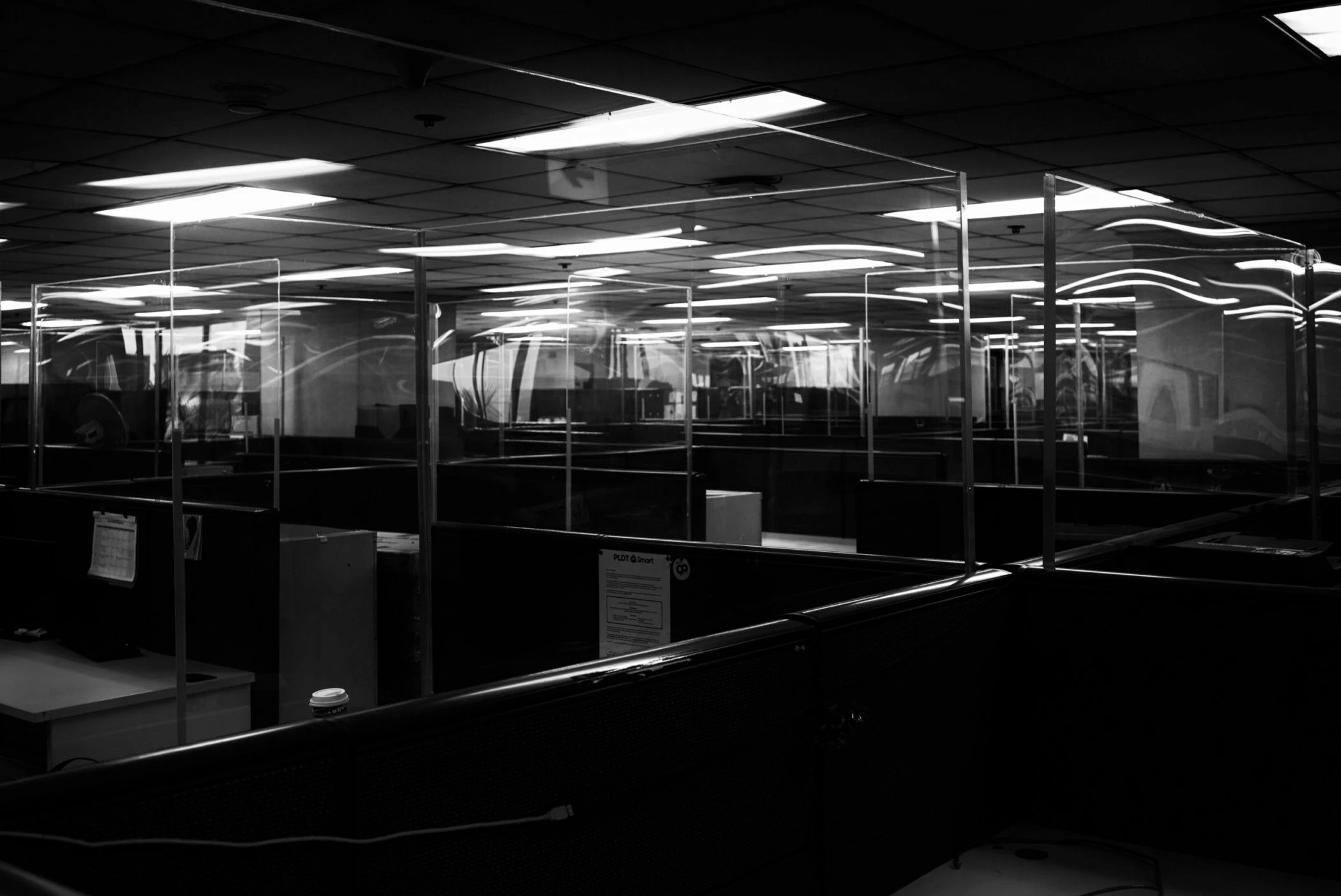(Updated post) The absence of color was my favorite among all the designs of this blog. This was the 18th design change of my blog and was not the last one, as you can already see. I focused on creating monochrome images over colored ones simply because that has been the original intent of this blog. I’ve been asked several times in different interviews why I love monochrome; the answer was pretty simple: the drama. I’ve fallen in love with the dance of millions of grays from dark to light areas that each picture offers.
Monochrome adds to the weight and message of storytelling, focusing your senses and drawing you into the image. In most cases, my photos have to be very dark and deep, with hints of white details coming out. This has been my style that has evolved after years of editing black and white images. I prefer the minimalist and straightforward aesthetic that this style brings. It distills the essence and drama of the photograph void of any distraction. I was drawn to the absence of color since it became a personal tool for self-discovery.
I love how the absence of color strips away distractions that usually define our heavily visual world. It has become my go-to-medium to dive into the essence and extract the emotional core of my subject. By removing color, we can shift the focus from the superficial to the fundamental. Texture and interplay of light and shadow are presented in a different way with monochrome.
My images, at least for this series, are quite heavy on contrast. I personally believe contrast is the lifeblood of monochrome images. Light and shadow should have stark differences to convey “the drama” that I mentioned earlier.
A decade or so ago, I hated film grain. I felt that it made my images dirty and unclear. However, it grew on me as it added a tangible and fragile quality to my photographs. Film grain adds character to the images and authenticity, removing the clinical look and sterility of digital photography. These imperfections in the image enhance these qualities as well. The same imperfections can be seen as a reflection of the human condition, which is itself imperfect and flawed. I realized, while writing this, I was attracted to the imperfect and the void.
Color photography has seen a comeback in the digital age, with smartphones and smaller cameras in everyone’s pocket. Nonetheless, black and white photography continues to captivate and motivate. People may think that the love for the absence of color is “for psychos” – an unfounded and harmful stereotype. It’s become my medium that allows me to deeply resonate with individuals who are drawn to abstraction and emotional exploration. It’s a different light that finds beauty in my chaos.
A former photographer turned GTM and marketing professional. He is currently working as a Assistant Vice President for PLDT Home. I still travel and shoot with my Leica SL and Q3 whenever the opportunity presents itself.







Leave a Reply